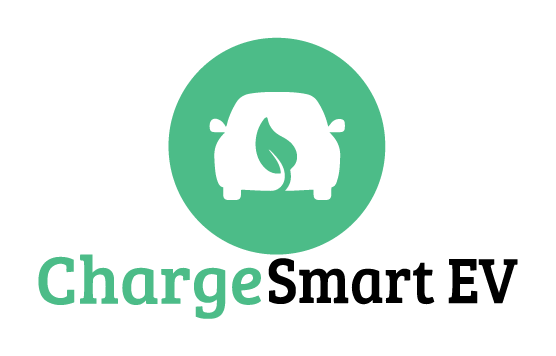As the popularity of electric vehicles (EVs) continues to soar, many homeowners are considering installing EV charging stations on their properties to conveniently charge their electric cars. Installing a home EV charging station not only provides convenience but also promotes sustainability and reduces dependency on traditional fuel sources. In this blog post, we will provide a comprehensive step-by-step guide for homeowners interested in installing an EV charging station at home. Additionally, we will emphasize essential safety tips and recommend professional installation services for a seamless and worry-free experience.
Step 1: Assess Your Electrical System and Capacity
Before installing an EV charging station, it’s crucial to assess your home’s electrical system to ensure it can handle the additional load. Contact a licensed electrician to determine the capacity of your existing electrical panel and whether any upgrades are necessary. Upgrading to a higher capacity panel may be required, especially if your home’s electrical system is outdated.
Step 2: Choose the Right Charging Station
Selecting the right EV charging station is a critical step. Consider factors such as the charging speed (level 1, level 2, or level 3 DC fast charging), compatibility with your EV model, and additional features like smart connectivity and energy management. Research various charging station models and brands to find the one that best suits your needs and budget.
Step 3: Determine the Charging Station Location
Decide on the most suitable location for your EV charging station. Ideally, it should be placed in a convenient spot near your parking area, within reach of your EV’s charging port. Consider factors like cable length and accessibility to ensure ease of charging. Moreover, the chosen location should be sheltered from harsh weather conditions for better protection.
Step 4: Obtain Necessary Permits
Before proceeding with the installation, check with your local authorities about any required permits or approvals for installing an EV charging station on your property. Compliance with local regulations ensures that your installation is legal and safe.
Step 5: Safety Precautions
Safety is paramount when dealing with electrical installations. If you are not experienced in electrical work, it is highly recommended to hire a licensed electrician for the installation. A qualified electrician will ensure that the installation meets safety standards, reducing the risk of electrical hazards.
Step 6: Professional Installation Services
While some homeowners may have the necessary electrical knowledge to perform the installation, others may prefer to entrust the task to professionals. Many EV charging station providers offer professional installation services, which include a site assessment, electrical upgrades (if required), and a seamless installation process. Professional installers have the expertise to handle the complexities of EV charging station installations safely and efficiently.

Consult An Expert
Installing an EV charging station at home is an exciting and environmentally responsible decision for homeowners with electric vehicles. By following this step-by-step guide and prioritizing safety, you can ensure a successful installation process that meets your charging needs. Whether you choose to install the charging station yourself (if you have electrical expertise) or opt for professional installation services, having a home EV charging station will significantly enhance the convenience of owning an electric vehicle while contributing to a greener and more sustainable future.
For a hassle-free and expertly executed installation, we at ChargeSmart EV offer professional installation services, tailored to suit your specific requirements. Take the first step towards a greener lifestyle by installing your very own home EV charging station today!

